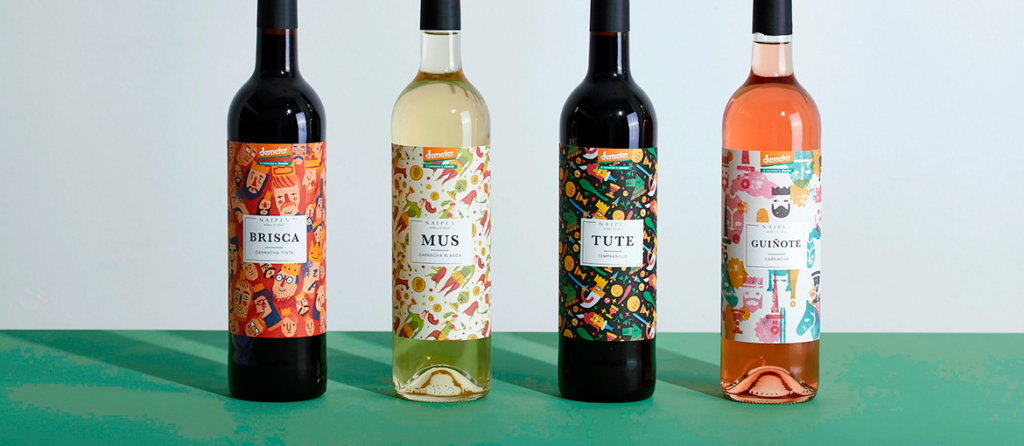Wine labels: the latest design trends
Deciding which bottle of wine to drink can be challenging.
Some people know what they want and prefer a wine from a specific grape or region. Some like only crisp white wines, while others prefer a tannin-rich red. However, most of us may not be so informed on this topic and when choosing a bottle of wine as a gift or for a dinner party, we do so mainly based on the label.
In this article we will give you an overview of wine label design trends and their production, and conclude with some tips and tricks with which to create your own label.
Wine labels: a niche for designers to seize?
A survey conducted by wine.net in 2016 reveals that a large proportion of consumers choose a wine based on the label. This is not at all surprising: a label can say a lot about a wine, for example, it can make it seem very expensive (even if it is not), fresh, modern, or allude to a certain taste. Worldwide wine consumption is steadily increasing. In 2018, the estimated total volume of wine produced was about 292.3 million hectoliters globally. Small wineries and ecologically produced natural wines are becoming increasingly popular, consequently increasing purchases in stores and supermarkets. A winemaker will want to stand out to capture the consumer’s attention, but also present his or her wine at its best, tell a story, and, most importantly, make people want to try it.
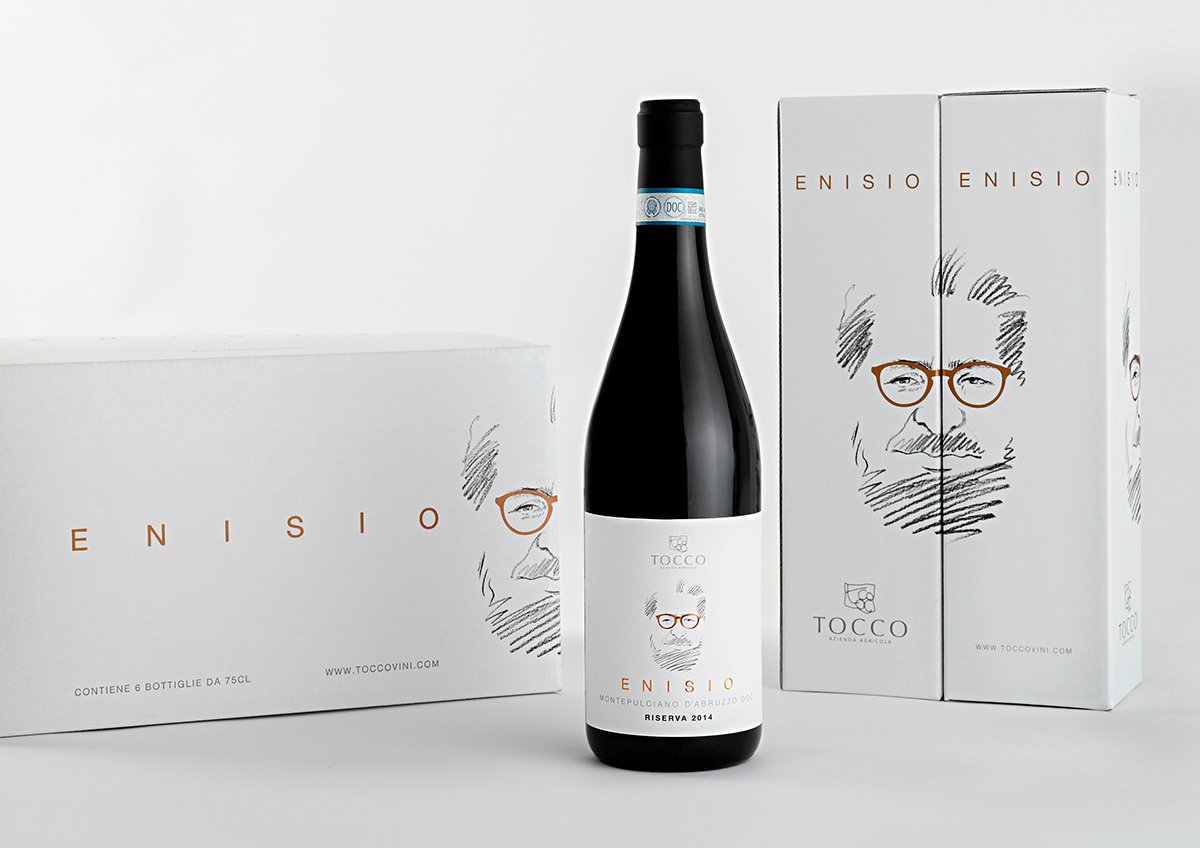
https://www.toccovini.com/linea-riserva/
, Wine label design:
http://www.conceptstore-adv.it/
, Source:
https://www.behance.net
A wine label also communicates information that, depending on the country of origin, is even required by laws and regulations. In addition to regulatory information, the text printed on a wine label is also crucial, as one has the opportunity to describe the wine, its region, and the winemaker. The text on a wine label is as important as the text on an advertising poster: it is the means by which the brand can speak to its consumers.
Classic or modern: which design to use in wine labels?
Today’s winemakers are bolder and experimenting more with their bottle labels: they often hire designers and agencies to create exceptional labels. Just as the number of wines is on the rise, the amount of label designs is also on the rise (there are some trends that we will explain below).
Wine labels: examples of classic style
Many traditional wineries cherish their historical heritage and give wine a vintage look that gives the idea of high quality. This is represented by the label design: a calligraphic typeface suggests times gone by and thus tradition. We often find illustrations of a vineyard on a hot-stamped gold background that gives the bottle an expensive look.
This design was conceived for the rebranding of a traditional French winery that was founded a full 500 years ago. The Chateau Fonplégade winery decided to retain most of the classic elements, such as the calligraphic font, winery illustration, and a mix of muted colors, for this classic wine label design.
In the comparison image, you can see that only the perspective has been adjusted and that, overall, the look appears “cleaner”-thanks to this design, the label will immediately make you think of a nice French red wine.


http://www.fonplegade.eu/Our-Wines/Chateau-Fonplegade
, Wine label design:
https://cfnapa.com
, Source:
https://www.pinterest.de/
We get the same feeling when looking at this beautiful design created for a Spanish Rioja label. The use of a very traditional, muted and clean font, almost no color on the label and the elegant placement of information tell us the story of a wine, made by a traditional winery that knows its stuff.
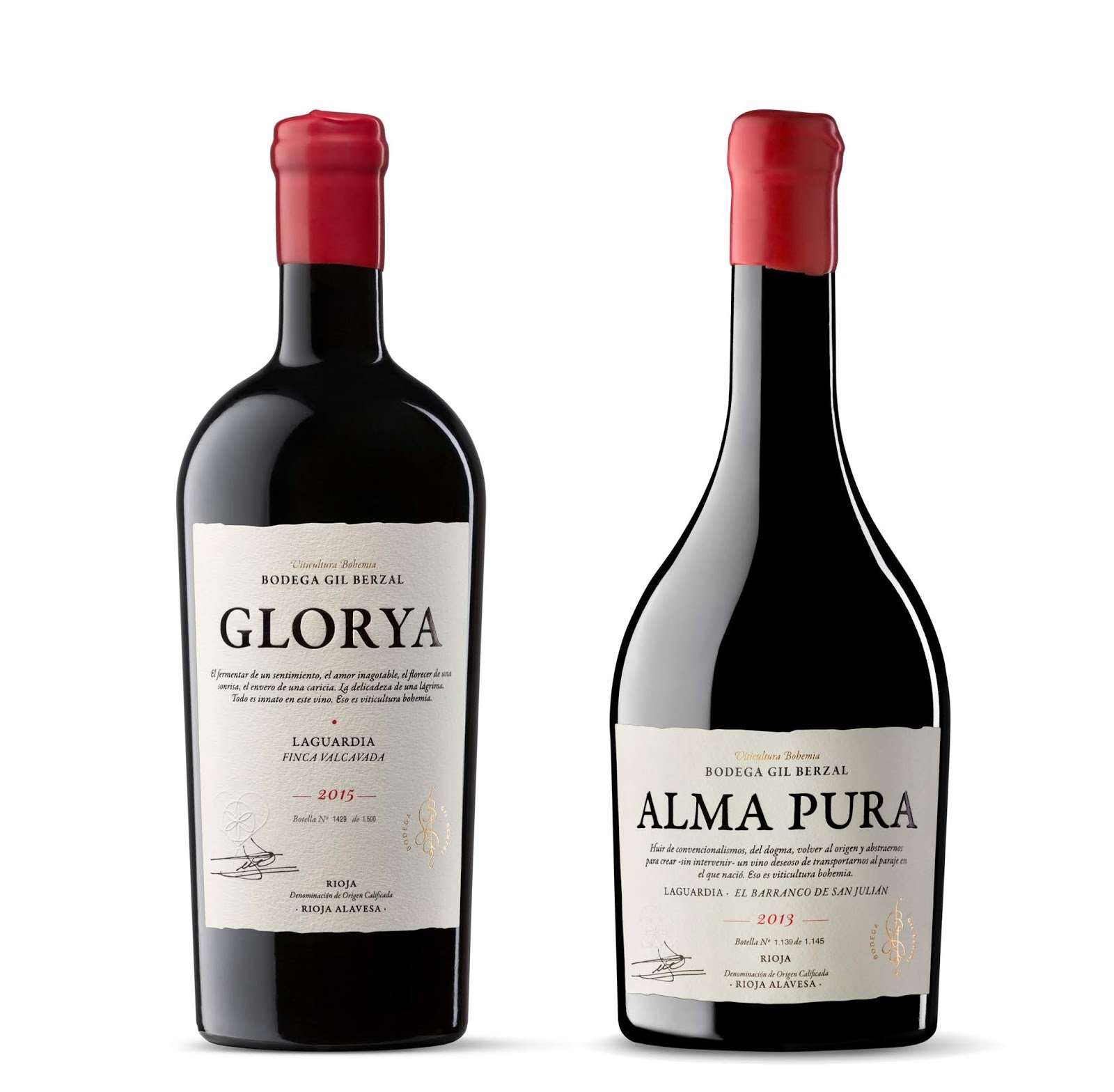
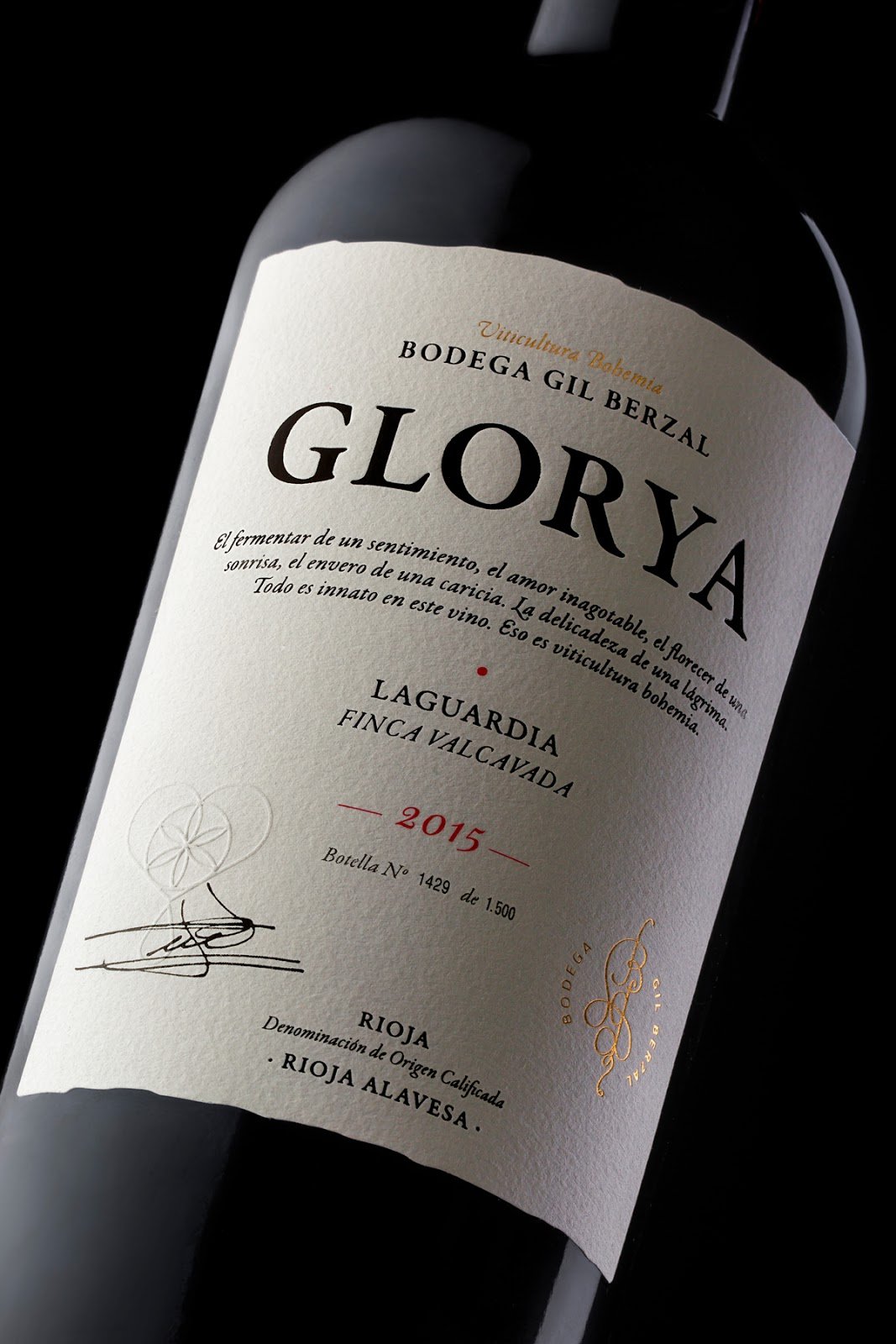
http://www.gilberzal.es/
, Wine Label Design:
https://www.tsmgo.es/es/
, Source:
https://www.packagingoftheworld.com
Wine labels: modern design or modern art
Designing a label for a wine with images, contemporary fonts, abstract designs and colors, or asymmetrical shapes will surely attract the attention of wine enthusiasts. It can be really unexpected and is a great way to introduce a new wine to consumers or modernize a well-known wine brand.
Although most wineries in northern Italy employ very classic labels, this new producer is shaking up the market with its modern design. Geometric patterns are used only in black and white and are different for each product. Information is placed horizontally on the side of the label instead of vertically, much like a description of a work of art in a museum.
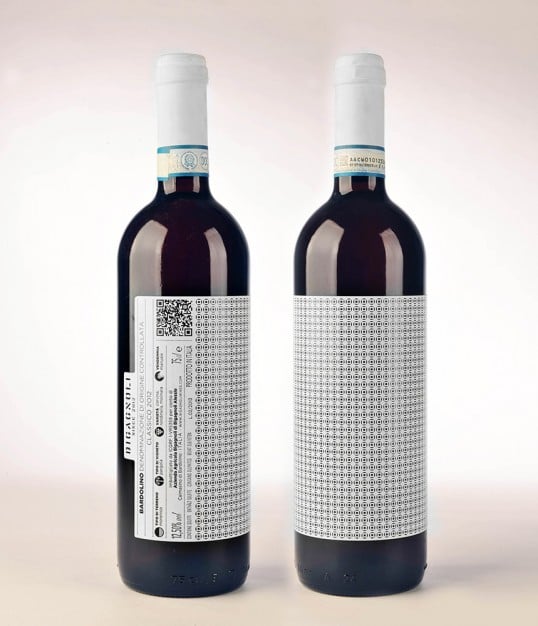
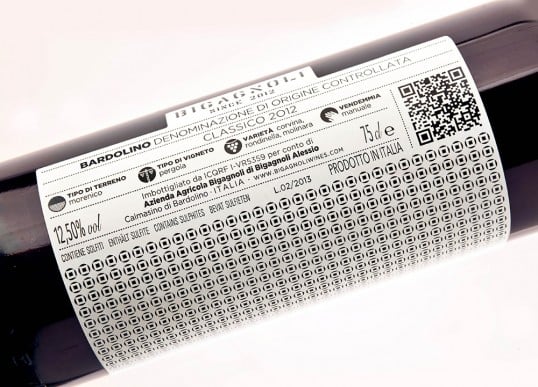
Wine label design: http://www.bigagnoliwines.com/en/home-en/,
http://www.onicedesign.it/,,
Source:
http://lovelypackage.com
This Spanish wine label design also tells a personal story: a story of friends and social networks. From a distance, the labels look simply beautiful and colorful, but “The label design aims to use the language of Instagram (where we see pictures of our friends) but using blurry images, similar to the loading experience when we don’t have a stable Internet connection.” A distinctly modern approach to a traditional drink.

https://jaumejorda.com/
, Wine Label Design:
http://ingridpicanyol.com/
, Source:
https://www.behance.net
Wine Labels: Minimal Design
Nowadays, minimalism has piqued everyone’s interest and may be one of the strongest trends. From interior design to branding to lifestyle, minimalism is also currently employed in the labels of various wine brands. This generally means that the message on the bottle is reduced to the bare minimum, through elementary images and shapes, very little color, and simple angular fonts. Sometimes, the name of the wine or producer and the logo might be the only visible elements. In this all-German example,https://lovelypackage.com/leu-wine/ the winery added only the wine name and logo. Small details, such as adding the logo even on the bottle cap, show that although minimal, the label design is well thought out.
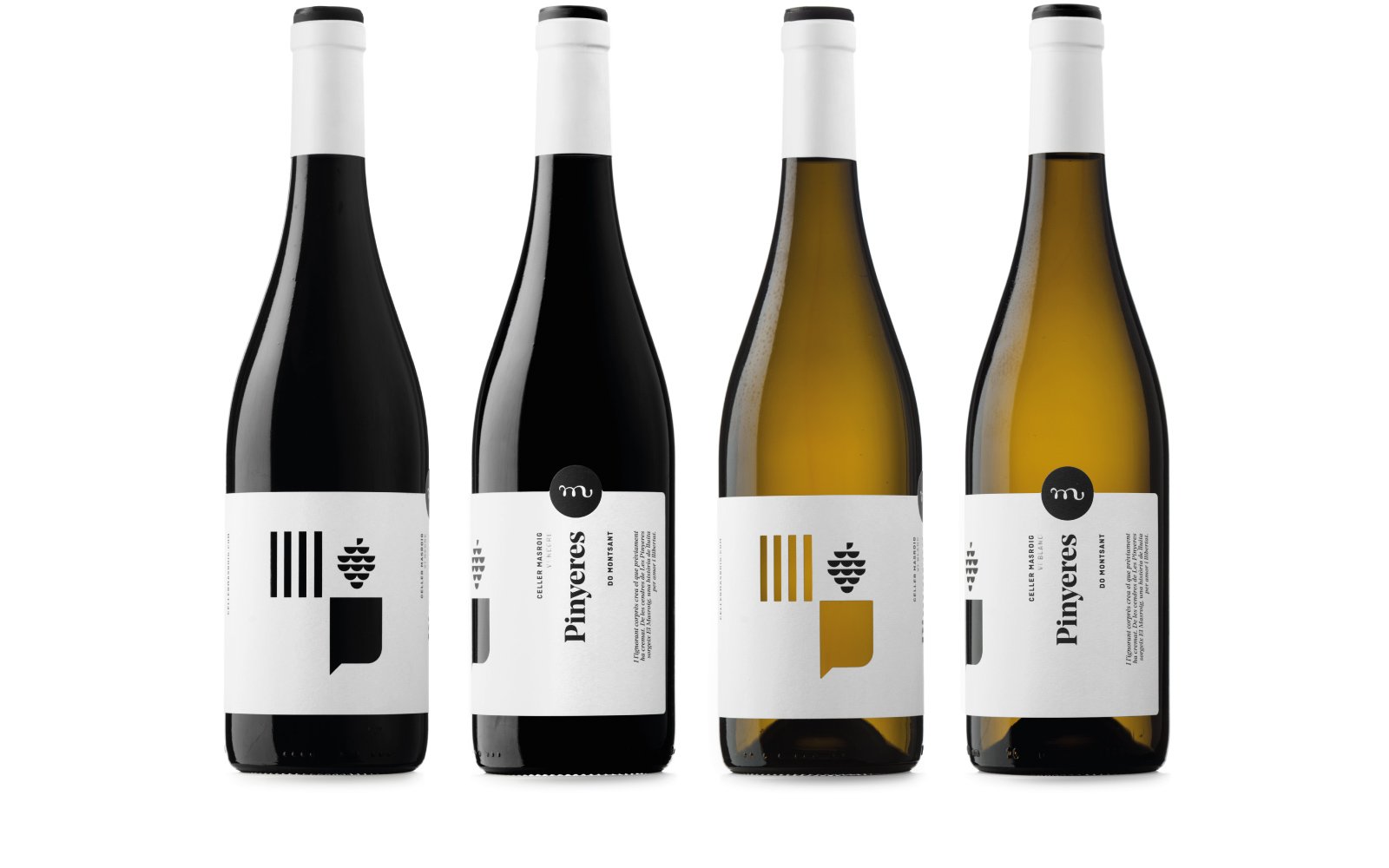
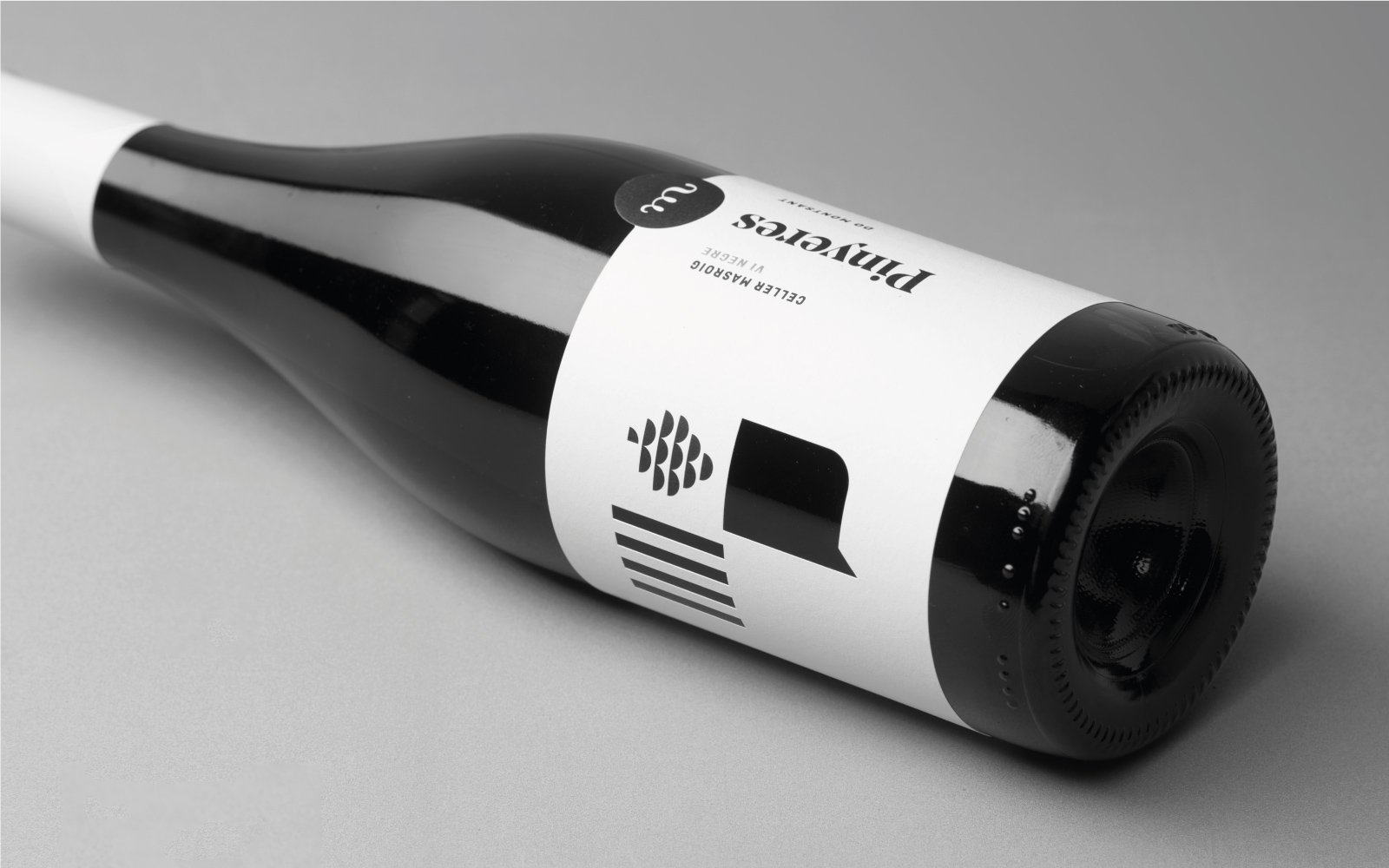

https://www.medienagenten.de/
, Source:
http://lovelypackage.com
Similar to the previous one is this design for a Spanish winery, which uses pictograms and simple character placement. Also decidedly minimal is the printing method: upon closer inspection, we notice that the design is cut out rather than printed, which allows the bottle to shine through and give the design its “color.”
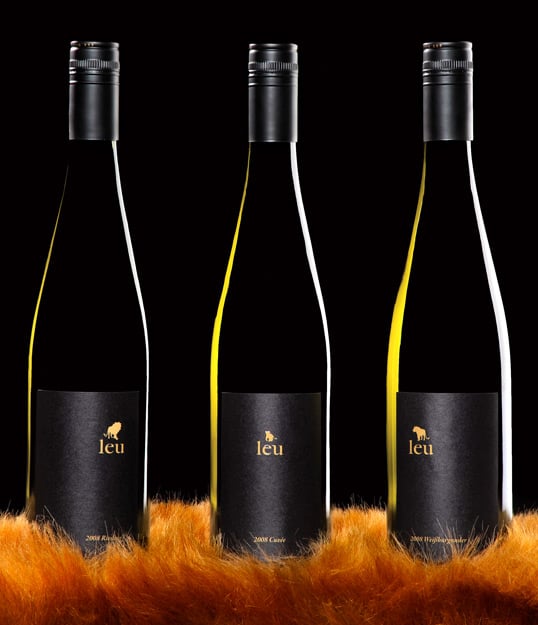
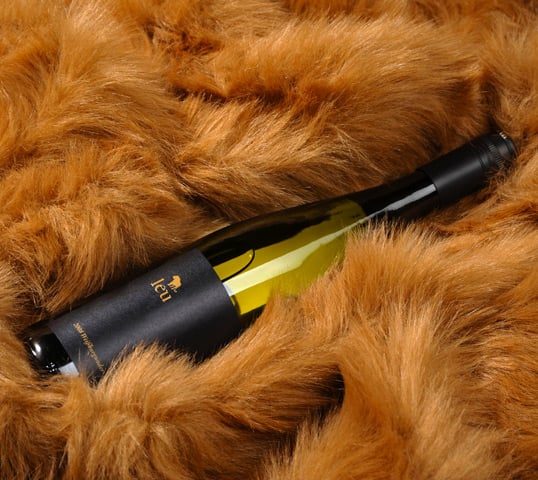
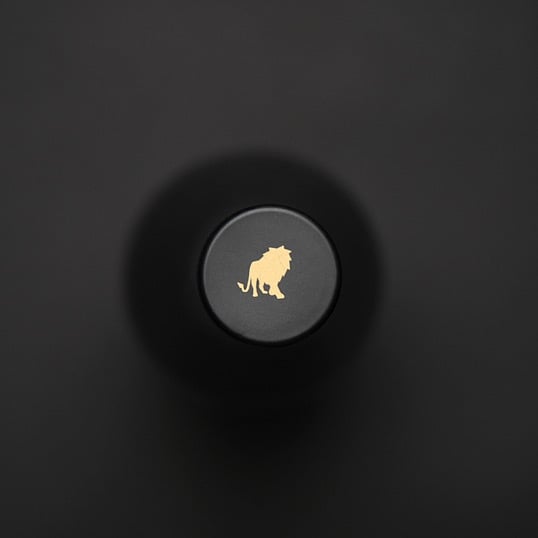
https://cellermasroig.com/en/
, Wine label design:
https://www.atipus.com/
, Source:
https://www.packagingoftheworld.com
Wine Labels: Images and Illustrations
This trend is or may turn out to be similar to modern art, but not necessarily abstract art. Some brands and wineries take advantage of this trend to distinguish a particular wine (such as a special blend or limited edition) or introduce a new variety to their range.
Other winemakers (and their respective design agencies), however, employ illustrations in labels simply for a bit of fun. The project below is described as “a series of illustrations interpreting the figures (jack, knight and king) and suits (deniers, cups, swords and clubs) characteristic of the Spanish deck of cards.”


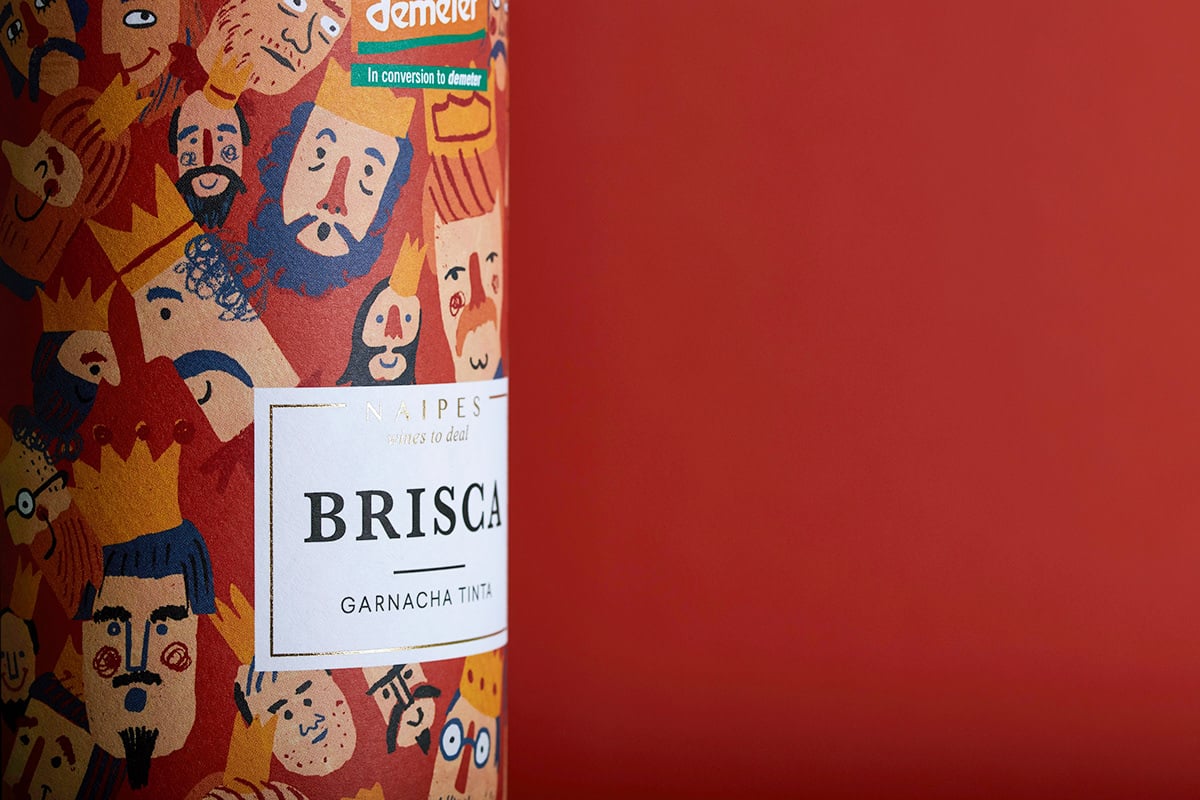
http://brandsummit.es/
, Source:
https://www.behance.net/
Instead of a series of images and illustrations, a German wine producer uses a single large illustration on the label and packaging. The design forgoes the logo and detailed information and simply, but to great effect, draws the consumer’s attention.
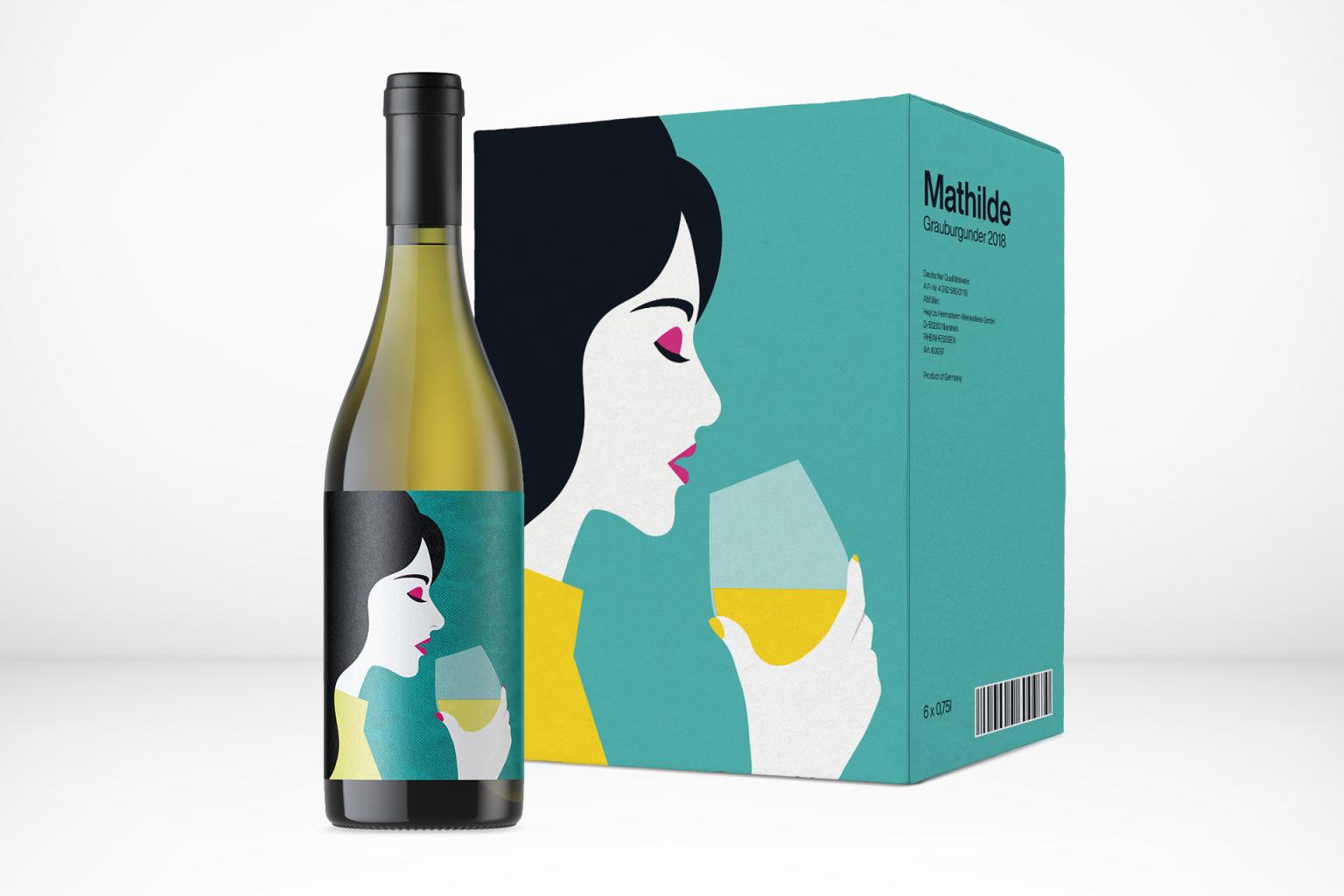
http://www.heyl-zu-herrnsheim.de/en/
, Wine label design:
https://linkup.design/
, Source:
https://www.packagingoftheworld.com
Wine labels: typographic labels
If you think this trend is similar to minimal design, the opposite may also be true. The use of typography in wine label design can be an interesting and clever choice. Some brands mix multiple fonts to create images and include information. Other winemakers use it to give consistency to the wine range, but also to make the bottles stand out significantly.
Such is the case with the following Italian wines. Made in the family winery, the design uses large bold letters, black on white or white on black, for a simple but very consistent look. It is interesting how a classic font is employed in such a clever way.
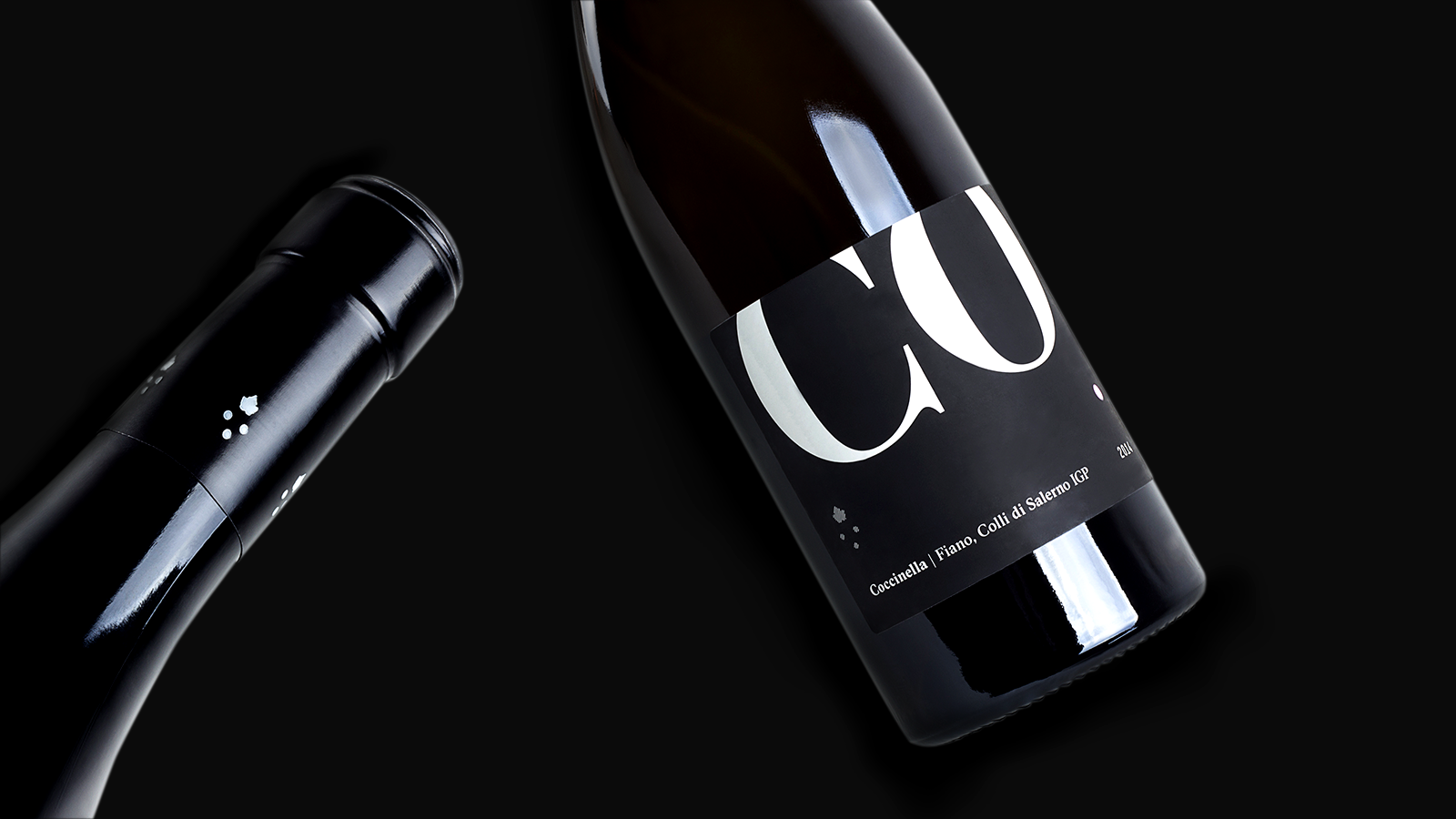
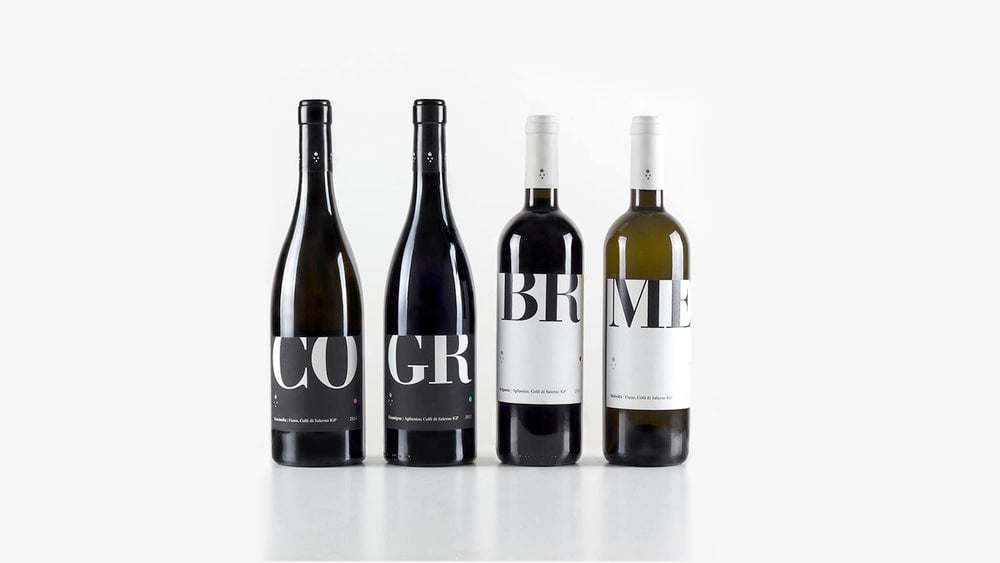
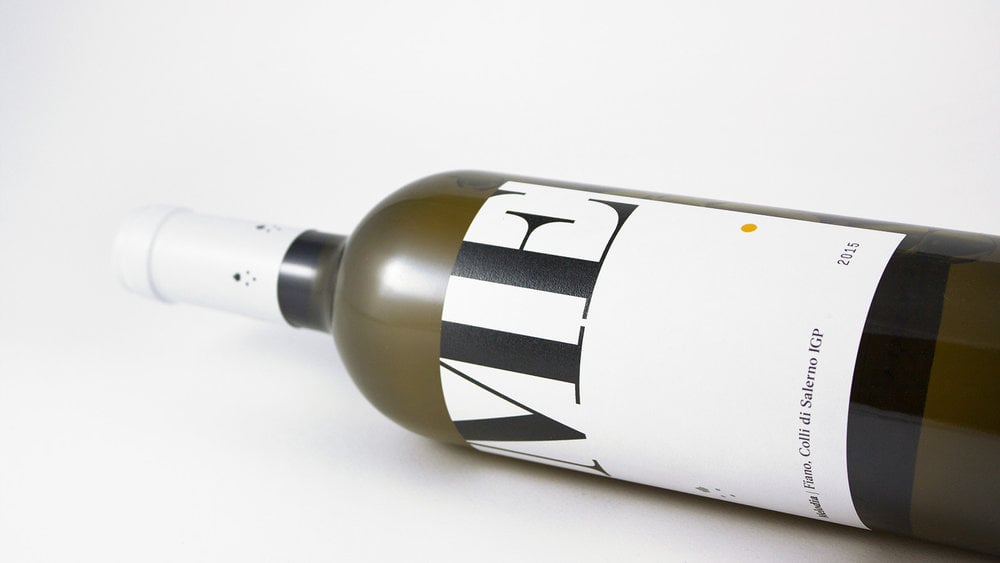
http://www.casulavinaria.com/
, Wine label design:
http://www.unik.love/,
Source:
https://worldbranddesign.com
But it is not always necessary to use familiar fonts in a design for a text-rich wine label. A custom font or even a handwritten logo will give products, as in this example, a unique personality that is quite evident.
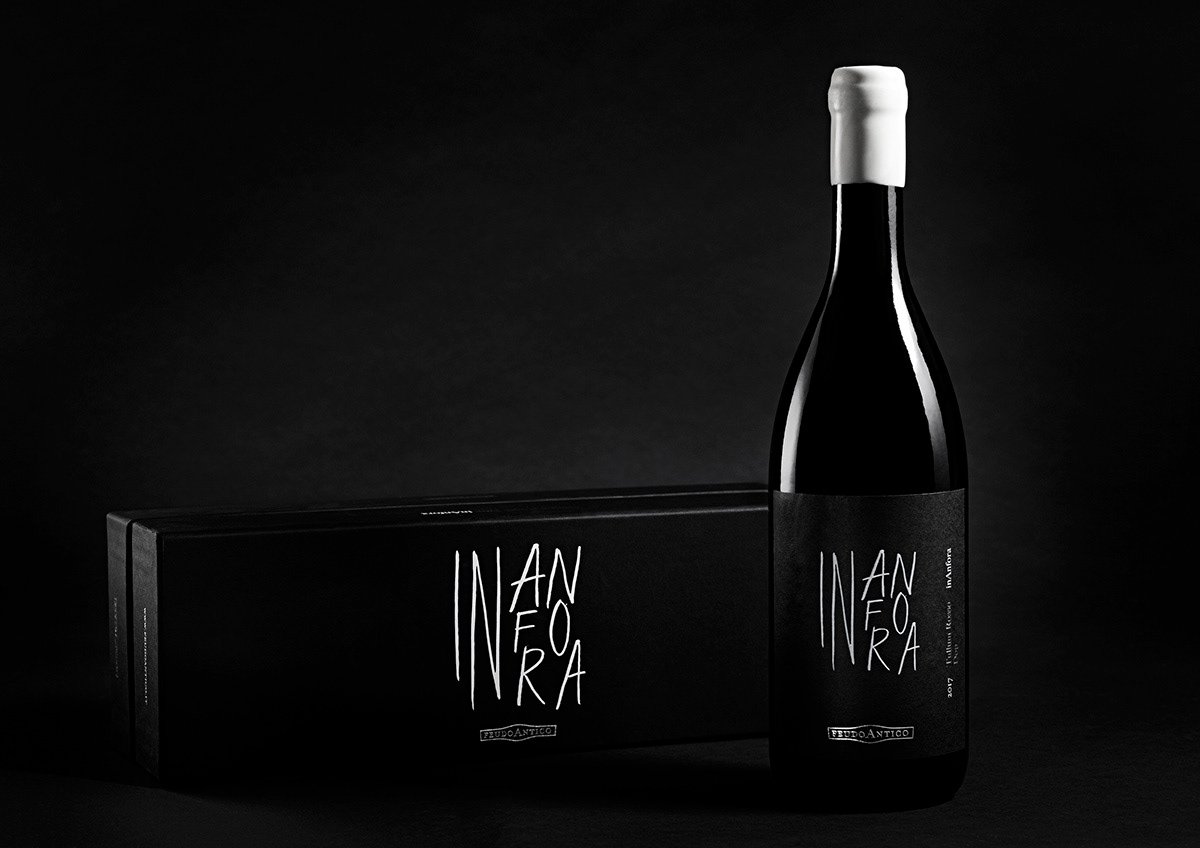
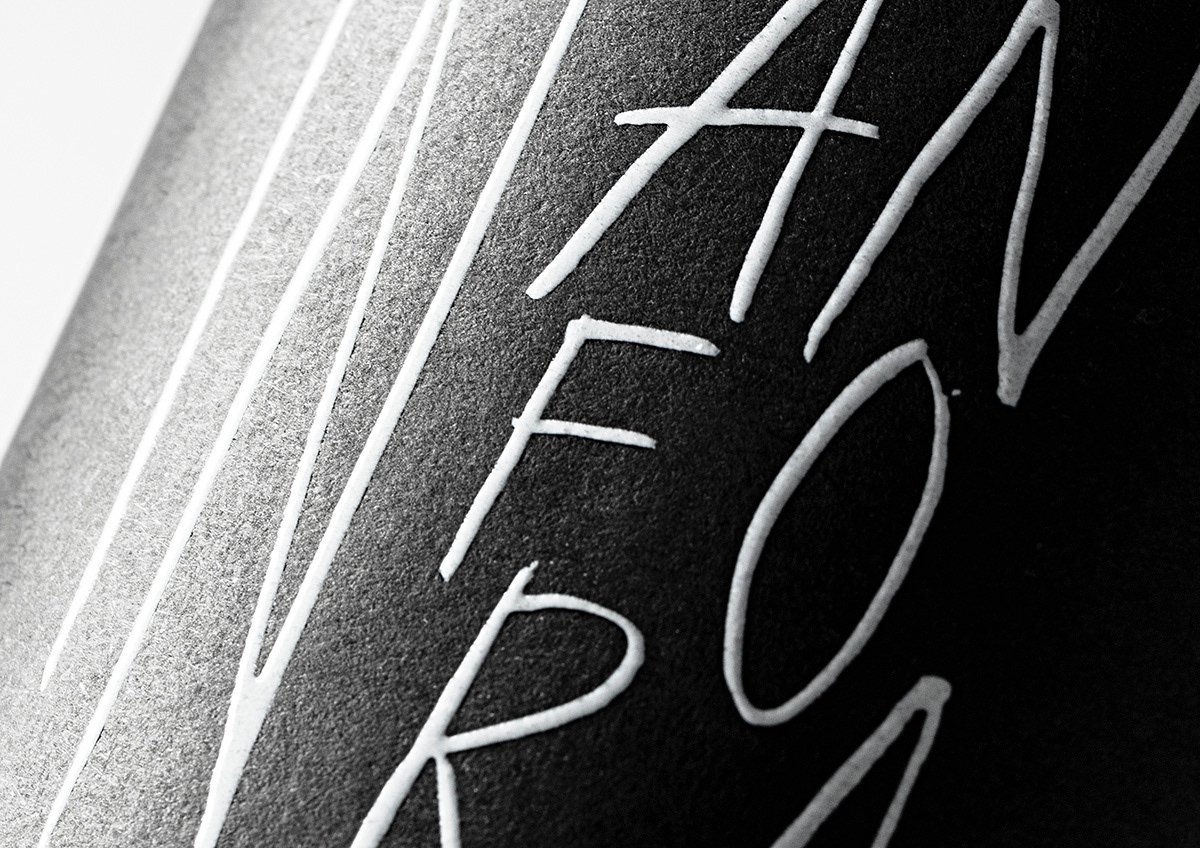
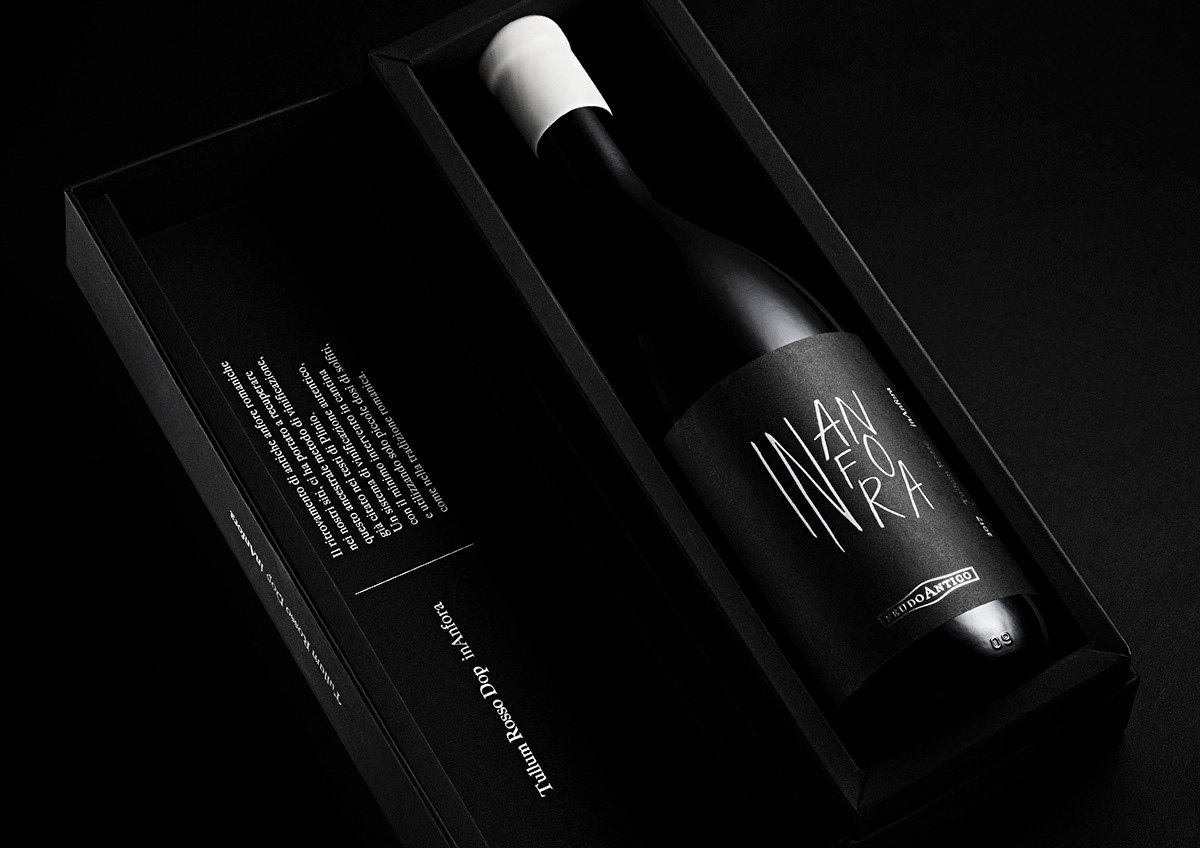
http://www.conceptstore-adv.it/
, Source:
https://www.behance.net
Wine labels: gold foil and embossing
Of course, the design, look and appeal of a wine label is crucial for a brand or company to stand out, but the way it is produced can be just as important. So much can be added through certain techniques that even the production turns out to be part of the final look.
Related to the classic design trend, if brands want to make the product look expensive and high-quality, gold or silver foil stamping and embossing will make the bottle even more special. Both techniques can be used to edge the label, but they can also be part of the design itself-perhaps the grape name needs to stand out or perhaps the images contain elements that can be highlighted with gold hot stamping.
And, of course, both methods provide a very pleasant tactile experience for the consumer-it may even be the main reason they pick up that bottle and not another!
To create a unique product, don’t stop at the label, but also think about the packaging. One Italian winery uses gold foil printing on both bottles and packaging.
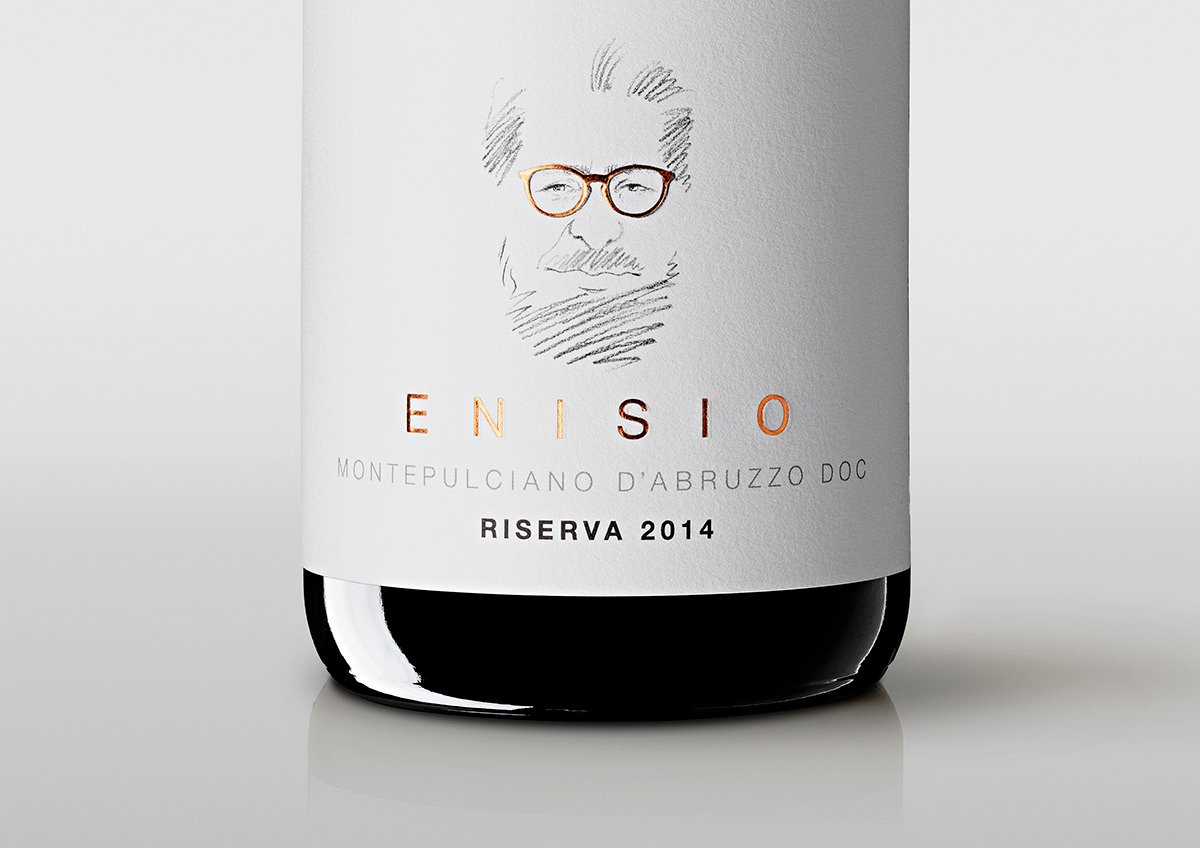

https://www.toccovini.com/linea-riserva/
, Wine label design:
http://www.conceptstore-adv.it/
, Source:
https://www.behance.net
Embossing or foil printing lends elegance to labels, but for some winemakers producing limited-edition bottles, the design can get really special. This finish is cutting edge-gold foil, custom color, thick black paper-a label made for a limited edition of a special wine.
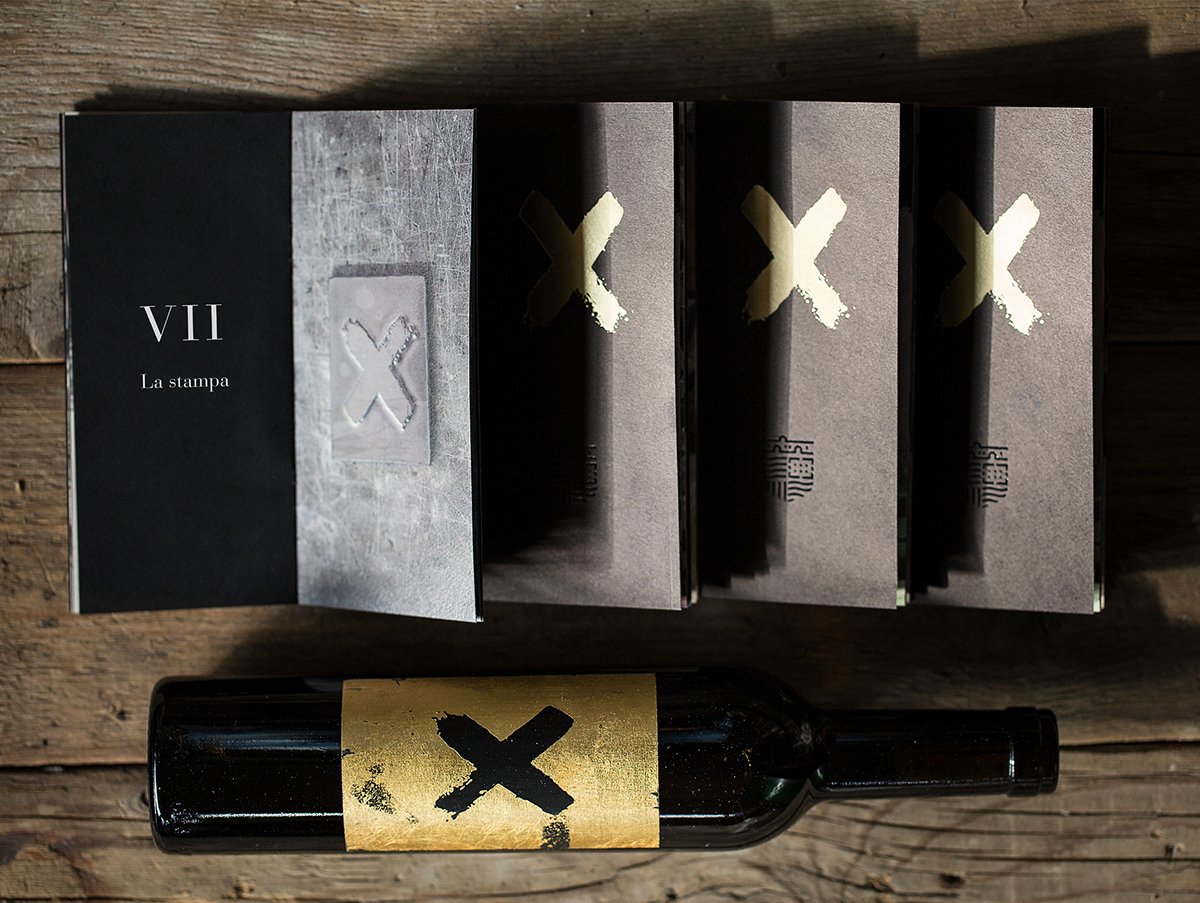
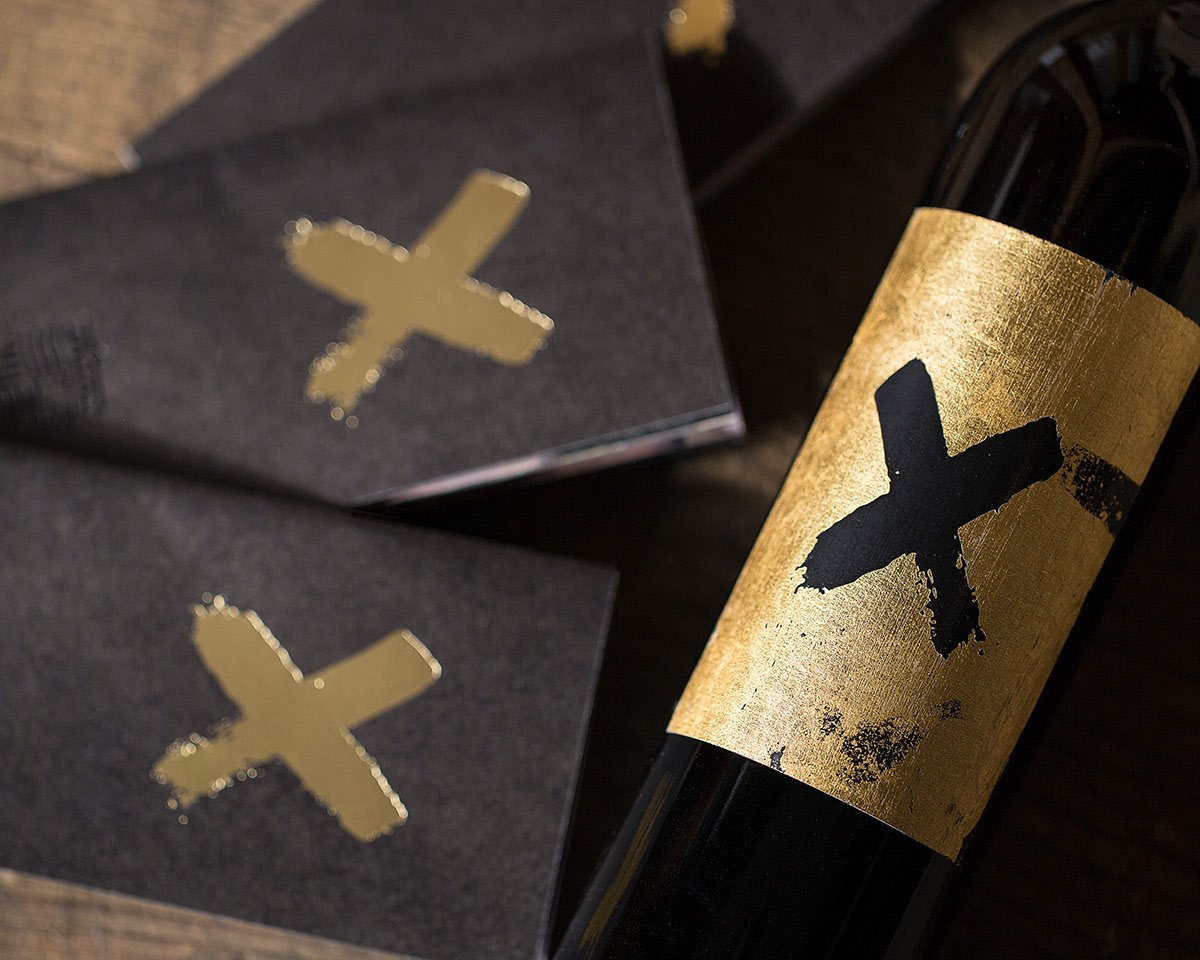
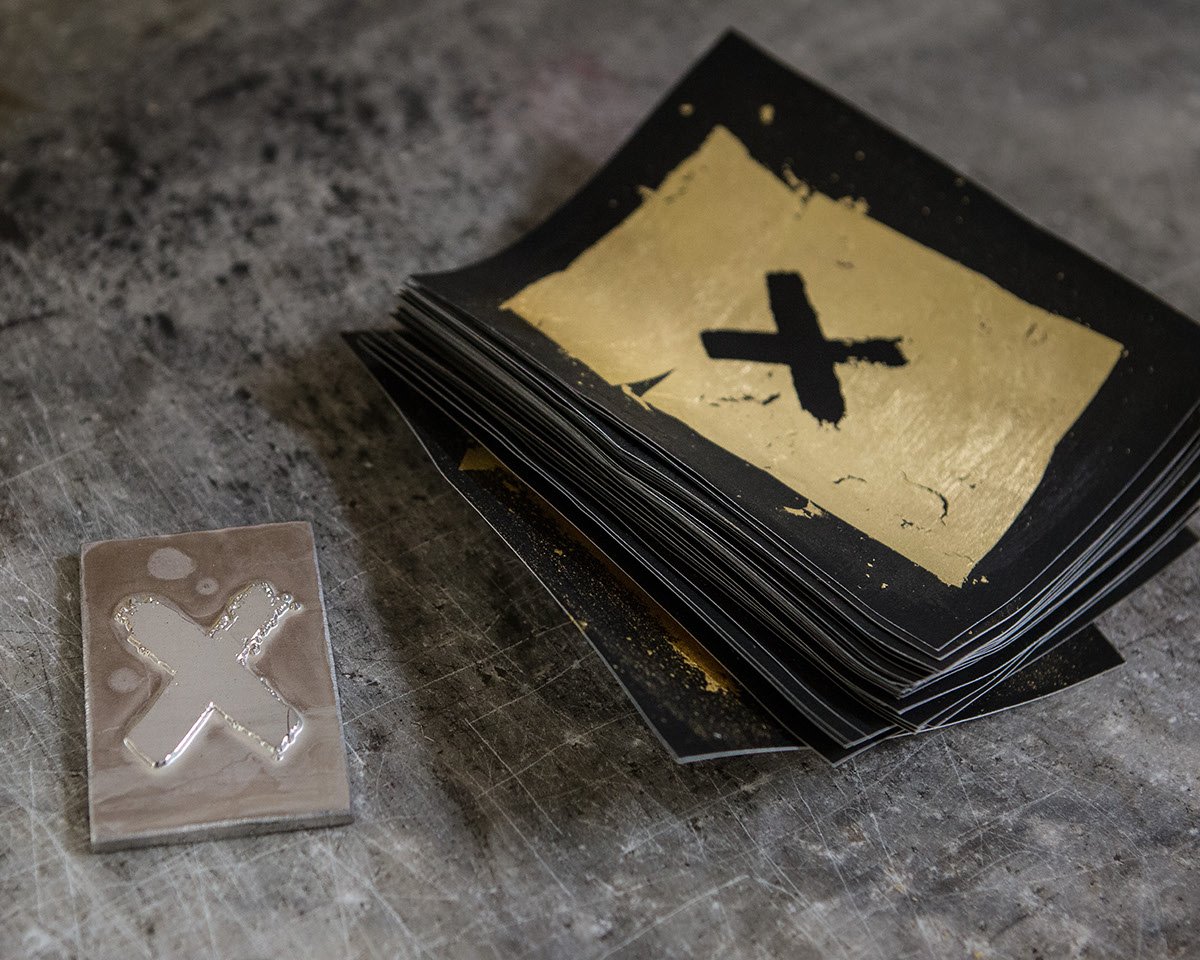
https://www.vignamaggio.com/
, Wine label design:
https://www.landerproject.it/
, Source:
https://www.behance.net/
How to go about designing a perfect wine label?
Since wine production and consumption will not cease in the short term, agencies, designers and printers could take advantage of this trend and jump into the wine label industry. The industry is full of rewarding and fun jobs, but what do you need to consider if you get into this field?
Research is the important first step. Depending on where the product comes from, there are certain rules to follow regarding the mandatory information to be placed on beverages for the consumer. Make sure you know them.
From its production to the consumer’s table, a bottle of wine, and thus its label, passes through many hands and situations. Labels are wet, cooled, heated, and handled much of the time. Think about all this when choosing the material and printing method so that the label looks new and modern. Be informed about the product and the producer. What is the story of the vineyard? Is there a story to tell about the winemaker? Maybe you can even try the wine! This industry is steeped in history and tradition, and many people exploit these to create a label that will entice the buyer to choose a particular bottle right away.

